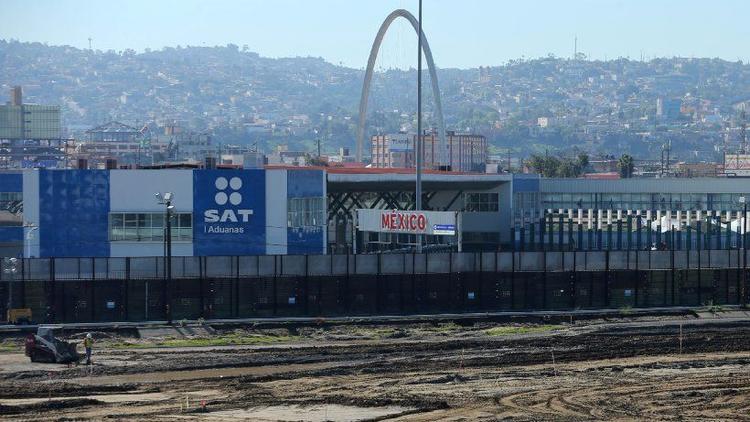When it comes to President Trump’s trade policy, the stakes could scarcely be higher for the binational regional economy, which a 2014 UC San Diego “Jobs Without Borders” study said yielded a gross annual product of more than $200 billion. Unfortunately, the debate to date over a policy sought by some Trump allies and House Republicans known as a border adjustment tax has completely ignored the potential effects on thriving areas such as San Diego-Tijuana and Detroit-Windsor, Ontario.
For starters, the measure is baldly protectionist. It would take away tax breaks from U.S. companies that import goods from other nations while giving tax breaks to U.S. companies that export products to other nations. This could preserve some U.S. jobs, but it would lead to higher prices for consumer goods and seems likely to lead to nations enacting policies targeting U.S. imports in turn — starting a trade skirmish that could lead to a trade war.
Yet those larger concerns aren’t the greatest issue for our regional economy. Most troubling is the proposal’s simple-mindedness. Unexplained is how such a blunt approach would deal fairly with products that are manufactured in two nations. UCLA economist Lee Ohanian told Politico last month that some products cross the U.S.-Mexico border as many as 14 times while being assembled. The Politico report cited research showing “the average good exported from Mexico to the U.S. contains 40-percent American-made components.”
It’s a huge issue here. Our region is known for having medical device manufacturers with operations and supply chains on both sides of the border. But big companies like Kyocera International, 3D Robotics, Solar Turbines and Cubic Corp. also have operations in both San Diego County and Tijuana. The synergies provided by these arrangements routinely draw raves from national business media.
Beyond that, the benefits of having an integrated San Diego-Tijuana economy are so huge they’ve yielded unprecedented bipartisan co-operation on huge infrastructure projects along the border.
In 2015, after years of working with San Diego city officials and the U.S. government, private investors opened the $120 million Cross Border Xpress, creating the world’s first binational airport. It allows travelers to park at and go through customs in Otay Mesa, by the border, then take a short walk in an enclosed bridge over a border fence to Tijuana’s international airport. Last year, more than 1.3 million people used Xpress.
In 2013, $500 million in federal funds went toward what wound up being a $741 million expansion of the San Ysidro port of energy at the joint behest of San Diego County’s five House members — San Diego Democrats Susan Davis, Juan Vargas and Scott Peters were joined by Darrell Issa, R-Vista, and Duncan Hunter, R-Alpine. When the project is completed in 2019, congestion at one of the world’s busiest border crossings will be eased significantly, to the benefit of the binational regional economy.
If, that is, it survives Trump.
After years of nuance-free attacks on Mexico’s alleged NAFTA profiteering, the president seems unlikely to grasp the importance of preserving the economic engine that is the San Diego-Tijuana economy. Unless he figures this out, there’s a very bumpy ride ahead.





